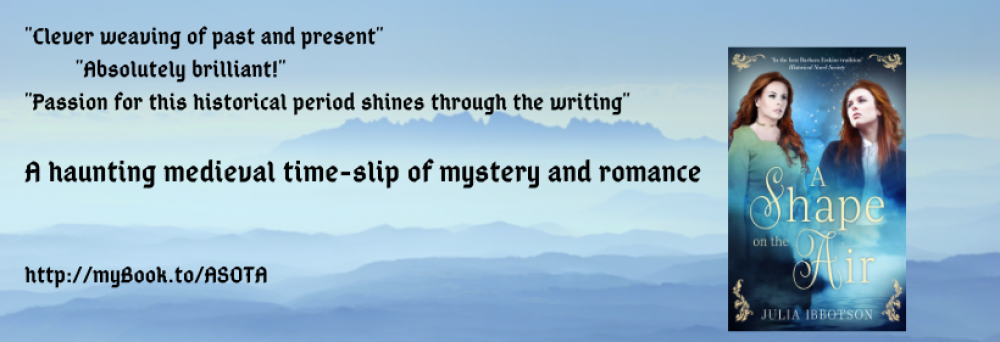Anglo Saxon women: peace-weavers or shield-maidens?
I was interested to catch up with Kathleen Herbert’s excellent little book “Peace-Weavers and Shield Maidens” (2013, first published in 1997) on the image of women in early English society. She begins by commenting that people often tend to think of ‘English life’ as dating from 1066 whereas the first account of the ‘English’ (the ‘Anglii’, a Germanic race) was in Cornelius Tacitus’s ‘Germania’ in 98 AD and they worshipped a goddess, Nerthus (among other gods). As an aside, I’m not so sure about the 1066 bit – I would have said that people do tend to think of the Anglo Saxons from the 5th/6th centuries as the original ‘English’, despite the fact that before those migrants hit our shores the population comprised mainly Britons and Celts.
However, the stories and legends focusing on women, Herbert suggests, tend to fall into two archetypes: we might call them peace-weavers and shield-maidens. Herbert argues that women did fight and lead troops in early history, but were also literally and metaphorically peace-weavers, often through expedient marriages to form alliances with other kingdoms to avert potential strife. This seems to have been a widespread tactic to retain peace. Women might also be shield-maidens, literally or metaphorically as strategists in times of conflict. The two terms might well be interlinked and overlapping.
This is not to say that there weren’t violent battles for supremacy of a geographical region, that new kingdoms were not formed through victory in war. Of course, we have evidence of many battles leading to changes in power across different regions. But we also have evidence of deals and negotiation to co-exist.
Britain was composed of many small kingdoms, and kingdoms fought to take over other kingdoms and thus wield greater power over a larger region. But our theories of this time of great change are beginning to recognise the way that stable everyday life and the quest for peace were also significant. Hence, in my Dr DuLac Anglo-Saxon time-slip series (#1 A Shape on the Air and especially its #3 sequel, The Rune Stone, coming out soon), I have Lady Vivianne (early 6th century ‘cūning’ or king/queen) as “peace-weaver”, although her husband is a fighting warrior. Her elevation to respected status over other kingdoms, and especially that of the Icelings in The Rune Stone, is to all intents and purposes that of honorary “warrior”, a status almost always used for men who were normally the fighters, but this is as a result not only of her strategising but also of her peace-making abilities.
Yes, the term “peace-weaver” was often used for women who brought peace between two kingdoms through marriage, but it was also used for women who were more active on their own account in the forging of peace between kingdoms, as Lady Vivianne is depicted as undertaking in my series. These female leaders could be strategists, not necessarily fighters joining battle; they could be mainly working for the defence of their kingdom: active peace-makers. These were leaders whose warrior status was conferred not by fighting but by directing. Annie Whitehead (in Women of Power, 2020) refers to a saying about Ǣthelflaed, the10th century Lady of the Mercians and daughter of King Alfred, who strategized battles to take Derby, Leicester, York, that she was a “man in valour, a woman in name”. So, to all intents and purposes we can take Lady Vivianne as one who, like Ǣthelflaed, is a brave and courageous ruler; she is a true “cūning” and “peace-weaver”.
Read about Lady Vivianne and her present day counterpart Dr Viv DuLac in A Shape on the Air at http://myBook.to/ASOTA



You must be logged in to post a comment.